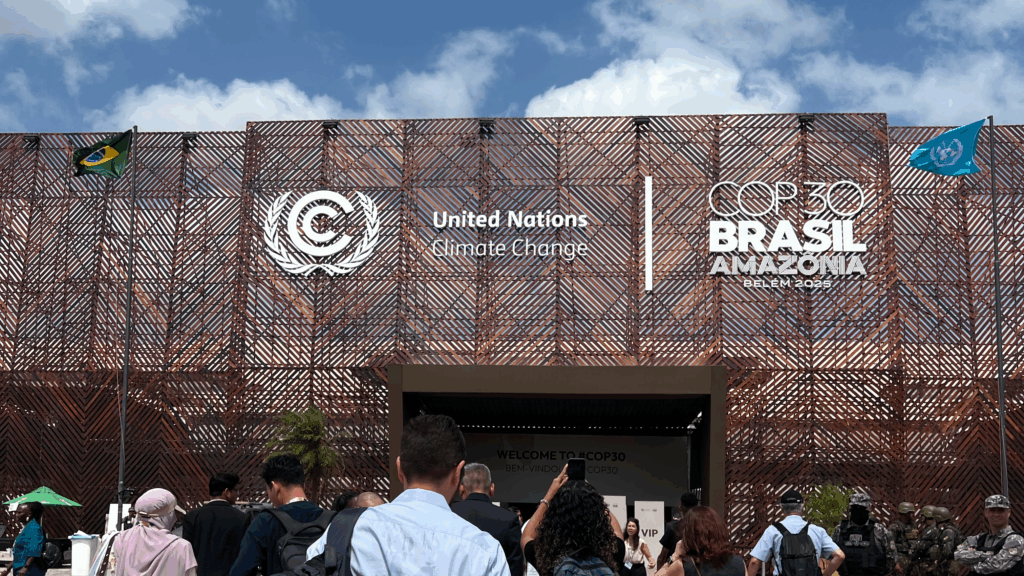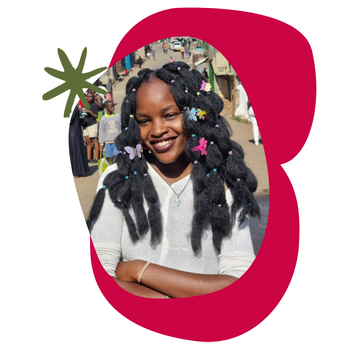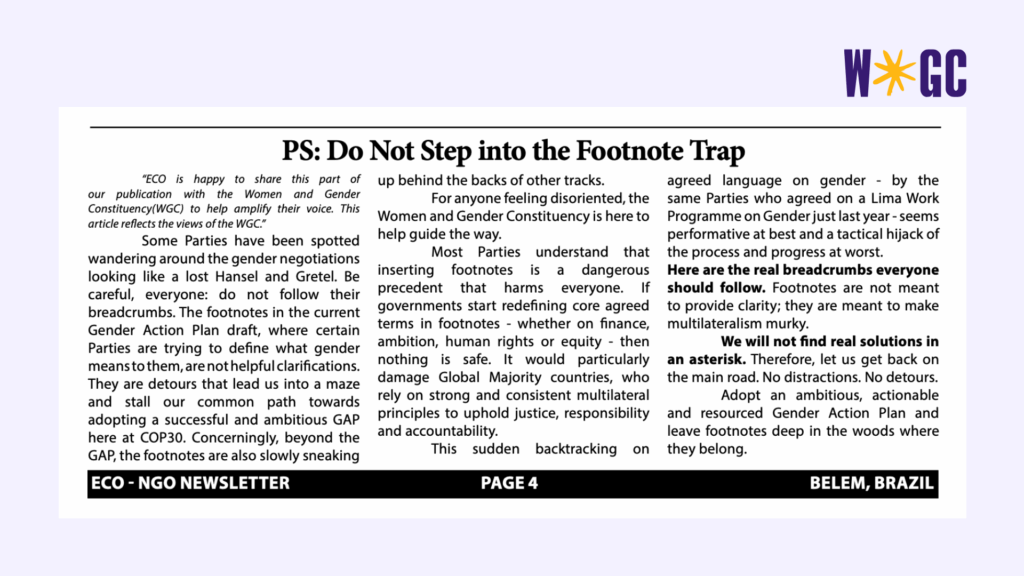
From Tokenism to Transformation: A Feminist Reckoning on the Gender Action Plan

Perspectives from WGC Advocacy Network
by Felicitus Okoko
In the vast architecture of climate negotiations, gender often arrives last, tucked under “co-benefits” or buried in technical annexes. But for the Women and Gender Constituency (WGC), gender is not an afterthought. It is the framework, the strategy, and the soul of real climate justice. And in their Gender Action Plan (GAP) submission to the UNFCCC, WGC makes one thing unmistakably clear: We’re done being polite about it.
The Gender Action Plan (GAP), adopted in 2017, was meant to be more than a gesture. It was a promise that gender equality would no longer sit on the margins of climate policy, but become central to how we act, decide, and implement. Since then, we’ve seen some visible progress. The number of National Gender and Climate Change Focal Points has risen from 38 in 2017 to more than 140 today, spanning 110 countries. That’s no small shift, but we must be careful not to confuse numbers with influence.
Because while policy frameworks now call for gender inclusion, what we often see in practice is tokenism, not transformation. Many focal points remain underfunded, unsupported, or sidelined in decision-making spaces. Gender language is added after the fact, not used to shape the agenda from the start. The system has learned to look inclusive without actually changing who holds power.
The Women and Gender Constituency’s (WGC) latest submission isn’t just a critique; it’s a blueprint for structural change. It calls out the gaps with clarity and urgency, and it offers a vision rooted not in symbolism but in resourced, measurable, community-led implementation. At its core, the WGC demands that gender justice stop being treated as a side event. It must be built into the foundations of climate governance, in policy, in implementation, in finance, and in accountability. Because without that, gender responsiveness will remain what it too often is: a promise postponed, deferred, diluted.
This means:
Gender responsive climate finance. Not small, one-off token grants or nods to “women-owned” programs on a Gender Day. We need unrestricted, flexible funding to grassroots, feminist, women-led organizations, especially those led by Indigenous women, young feminists, and climate activists. WGC demands a financing mechanism that recognizes women’s unpaid care labor as climate labor, not charity work. Climate finance must build power, not entrench global inequality.
Women are holding the social fabric together through crises; fetching water in times of drought, providing care work in epidemics, and recovering from floods. None of this shows up on GDP or emission charts. The GAP must recognize care work as climate work, firmly place it on record, and attribute value to care work as a survival and adaptation imperative, protection, and compensation.
The WGC is clear that we need localization: climate action must be context-specific, community-driven, and decolonized. That means empowering women where they are, not relocating them through global systems designed to disadvantage them. Localization also means embracing traditional knowledge systems, often led by Indigenous women, as legitimate sources of climate understanding.
Data is power— the WGC calls for gender and age-disaggregated data, not for box-ticking but as a tool against invisibility. In the absence of data, the realities of women are erased from the policy. In the lack of evidence, injustice is perpetuated. The Lima work program calls for gender and age-disaggregated data, and the GAP must demonstrate how to make this call possible and implementable, while considering other intersecting identities.
The harassment, incarceration, and silencing of women’s human rights and environmental defenders pose a significant challenge to effective climate action. These actions are often perpetrated by institutions that are committed to addressing climate change through diplomatic channels. Genuine commitment to climate justice necessitates a clear and unequivocal stance against the repression of those leading climate efforts. It is imperative to protect frontline communities and actively defend shrinking civic spaces to ensure the meaningful participation and safety of these critical actors in climate discourse and action. Their protection is not merely a matter of human rights but a fundamental requirement for achieving equitable and effective climate solutions.
COP30 will be a tipping point, not just for climate ambition, but for feminist accountability. Because we must ask: Will the Gender Action Plan (GAP) continue to be a technocratic tick-box exercise, replete with soft words and symbolic gestures? Or will it at last be what it was meant to be, a feminist tool of implementation, protection, and power transfer?
While the world talks of “gender balance” on panels, it is women in all their diversity who are at the forefront. They are sustaining communities through dismantled food systems. They are organizing resistance to land grabs disguised as offsets. They are mourning the loss of their ecosystems, homelands, and children, and yet continuing to find the strength to mobilize. They are constructing futures from nothing, with or without mandate. They don’t require additional side events. They require safety. They require funding. They require power.
The GAP needs to go beyond intentions and begin providing implementation with clear, quantifiable activities over the course of the next 10 years.
This includes:
- Time-specific, budgeted, community-led activities.
- Monitoring and evaluation that records not only what was accomplished, but also who was affected, who was excluded, and who was harmed.
- Accessible and flexible funding that directly reaches feminist and women-led organizations.
At COP30, we’re not asking for a mention. We are demanding a mandate, one that reflects the brilliance, labor, and leadership of women and gender-diverse people in every climate-vulnerable community on this planet.
The question is no longer if gender matters. The question is: Will the GAP finally act like it does? Because the future isn’t gender-neutral. It never was. And neither is this fight.

